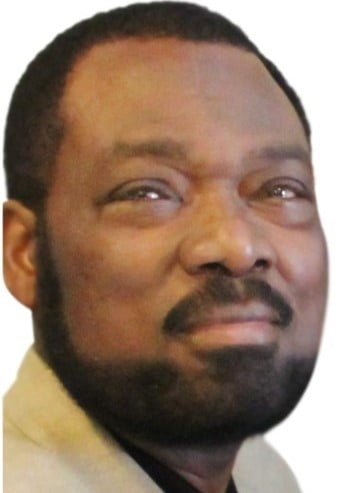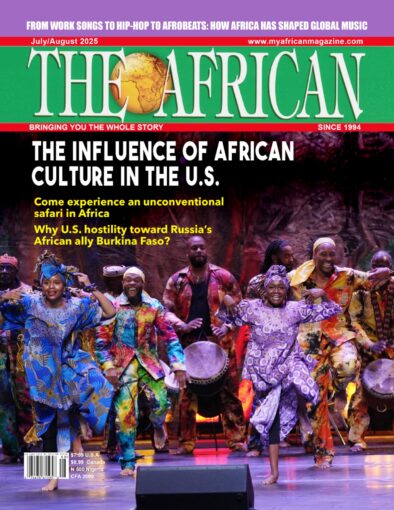The unifying power of music and dance


On the gorgeous day of April 25, 2007, President George W. Bush took an extraordinary step never taken before him by an American president. He invited to the White House the Kankouran West African Dance Company to perform during an Africa-related event. The president took an even more extraordinary step by jumping on stage to beat the drum, sing and dance—albeit out of step—with the African artists. It would not be an exaggeration to suggest that anyone who expects such a beautiful, unifying act from the man who now sits in the Oval Office, who delights in persecuting Black America with the stroke of a pen, should see a psychiatrist to seek treatment.
I grew up in Africa in the 1950s and 1960s to the rhythms of zinli, tchinkoumin, gogo, agbadja, and other Beninese grooving sounds that make even poor dancers like me move their feet unawares. Like other members of my generation, I became aware of African American music, overwhelmingly dominated back then by James Brown. His hit “Say it loud, I’m Black and Proud” was on all our lips and we played it over and over again during our parties. We knew the song was about Black pride, but, being non-English speaking teenagers, we didn’t know all the lyrics. Where the King of Soul said, “I may not do the dance,” the smartest ones among us thought he said “Aminata the day.” When the DJ played Ottis Redding’s “These Arms of Mine,” we held our female dance partners as tightly as the song suggested, usually with the lights dim—if not off.
Not only did we sing and dance to songs by James Brown and Otis Redding, but we also developed a bond with two Black brothers whose fame and struggle for civil rights we appreciated. Their music resonated with us more than Dr. Martin Luther King’s “I have a Dream” speech that traveled all the way to Africa, too.

Fast forward to the present. There is no doubt the collaboration between rising African stars such as Burna Boy and Wizkid with global stars of the large Black family like Beyoncé and Kanye West, or with members of the larger entertainment family such as Ed Sheeran and others creates a strong bond between them. How telling to hear Nigerian Afrobeats star Rema describe excitedly, in an interview with Billboard’s reporter Marc Griffin, his collaboration with American star Selena Gomez of Mexican and Italian ancestry about his hit Calm Down: “I’m so happy. I’m happy for me, my team, the culture and for Selena. She embraced the sound, and she did her own thing. It was the right timing, the right person, and the impact has been so huge.”
Consistent with our mission to build bridges, my team and I are thrilled to share with you in this issue several original reports about the influence of African culture in the United States through music, dance, cuisine, and the arts.
I was pleasantly surprised during my interviews with the officials and dancers of the KanKouran West African Dance Company to find out that their dance class students are not all Blacks.
Doesn’t the fact that I, an African out of millions who grew up listening to the punchy beats of African music can also appreciate the immense beauty of classic music and, equally, White men and women show such great interest in African dance to sign up for KanKouran’s classes, speak volumes about the unifying power of music and dance?

